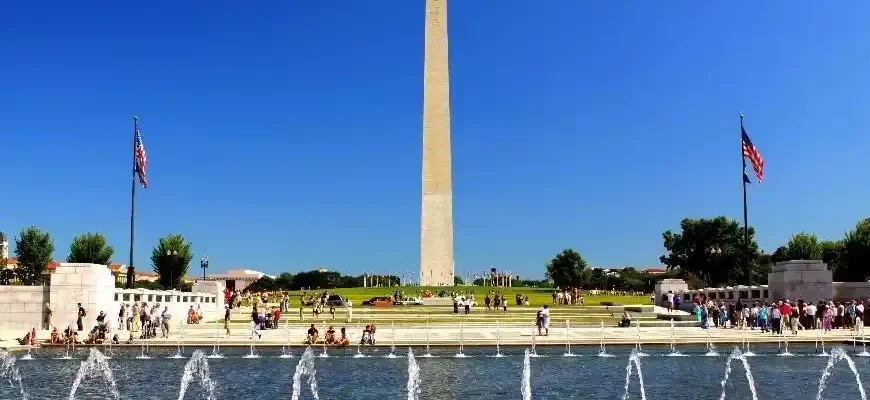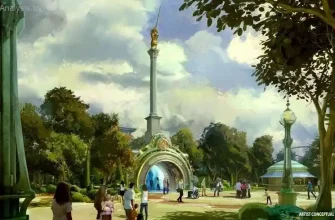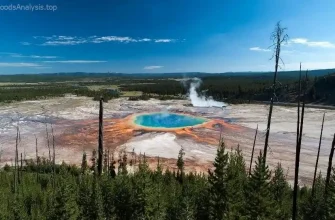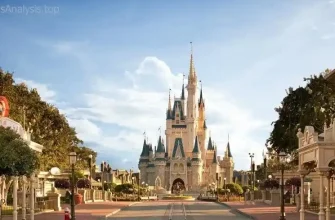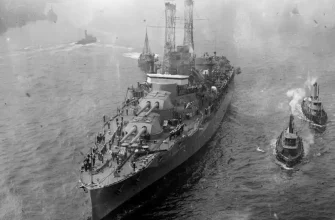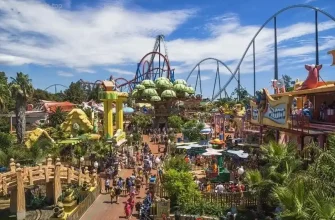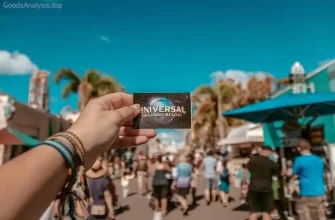The National WWII Memorial in Washington, D.C., stands as a powerful tribute to the 16 million Americans who served in World War II, as well as the more than 400,000 who sacrificed their lives in the conflict. This monumental space, located between the Washington Monument and the Lincoln Memorial, is a place of reflection, reverence, and national pride. Here’s everything you need to know to make the most of your visit to this iconic landmark.
1. What Makes the National WWII Memorial Special?
The National WWII Memorial is a tribute to the soldiers, sailors, airmen, marines, and coast guardsmen who fought in World War II, alongside the home front workers who supported the war effort. It opened to the public on April 29, 2004, and serves as both a memorial and a gathering place for reflection.
Key Features:
- The Archways and Pillars: The memorial is defined by 56 granite pillars, representing the 50 U.S. states, the District of Columbia, the territories, and commonwealths. Each pillar is engraved with the name of the state or territory it represents, providing a visual testament to the collective efforts of Americans during the war.
- The Atlantic and Pacific Pavilions: The two semi-circular pavilions located at opposite ends of the memorial commemorate the two major theaters of the war—Atlantic and Pacific. The pavilions are adorned with sculptures and engravings of key battles and historical moments.
- The Water Features: One of the most iconic aspects of the memorial is its collection of fountains and reflecting pools. The central fountain, located in the plaza, is the heart of the memorial, surrounded by 56 smaller fountains representing each state. The sight of the cascading water creates a serene and contemplative atmosphere.
- Gold Stars: Surrounding the fountain are “Gold Star” markers, paying tribute to the service members who gave their lives during WWII. These gold stars represent the ultimate sacrifice, with one star for every 100 American soldiers who died.
- The Freedom Wall: Behind the central fountain lies the Freedom Wall, where 4,048 gold stars are engraved, each representing 100 Americans who died in the war. The wall serves as a poignant reminder of the lives lost in the conflict.

The National WWII Memorial is an impressive and emotional space that balances both grandeur and intimacy, inviting visitors to reflect on the sacrifices made during the war while appreciating the achievements of those who served.
2. Visitor Tips & Practical Information
To ensure a smooth visit to the National WWII Memorial, here are some essential details:
- Opening Hours: The memorial is open daily from 24 hours a day, year-round. While the memorial itself is always accessible, the park rangers and visitor services are available from 9:00 AM to 10:00 PM during the summer months, and the hours may vary during the off-season.
- Admission: Entry to the memorial is free. It is part of the National Mall, which is managed by the National Park Service. There are no tickets required to visit, but guided tours may have additional costs.
- Accessibility: The memorial is fully accessible to visitors with disabilities. It features ramps, wheelchair-accessible paths, and seating for rest, making it easy for all visitors to navigate and enjoy the site.
- Restrooms: There are public restrooms available near the memorial for visitor convenience.
- Best Time to Visit: While the memorial is open year-round, the best times to visit are typically during spring (March-May) and fall (September-November). These seasons offer pleasant weather, and the crowds are more manageable compared to the hot and busy summer months. Early morning or late afternoon visits are ideal to avoid peak crowds.
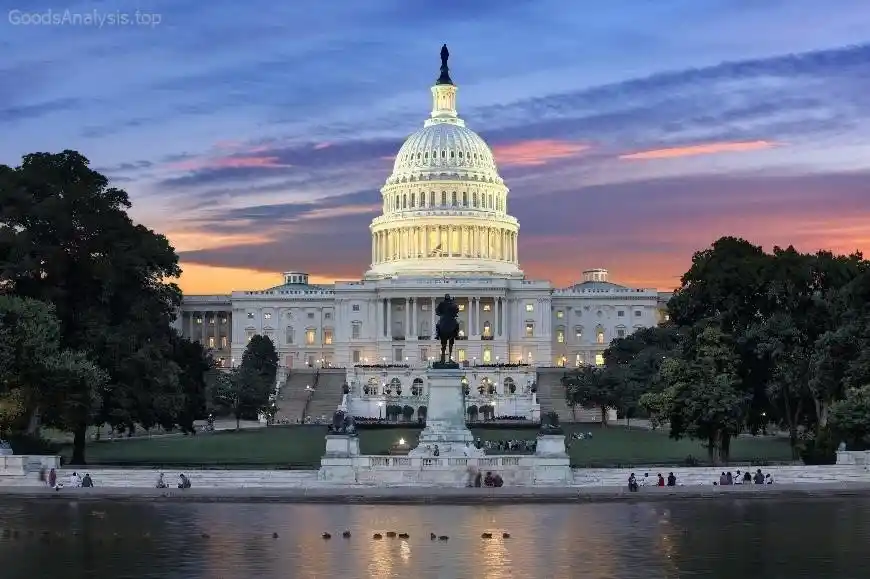
3. History and Cultural Significance
The idea for the National WWII Memorial was proposed in 1987 and came to fruition after years of planning, debate, and fundraising. The design competition was won by architect Friedrich St. Florian, and construction began in 2001. The memorial opened in 2004 and quickly became a place of national remembrance.
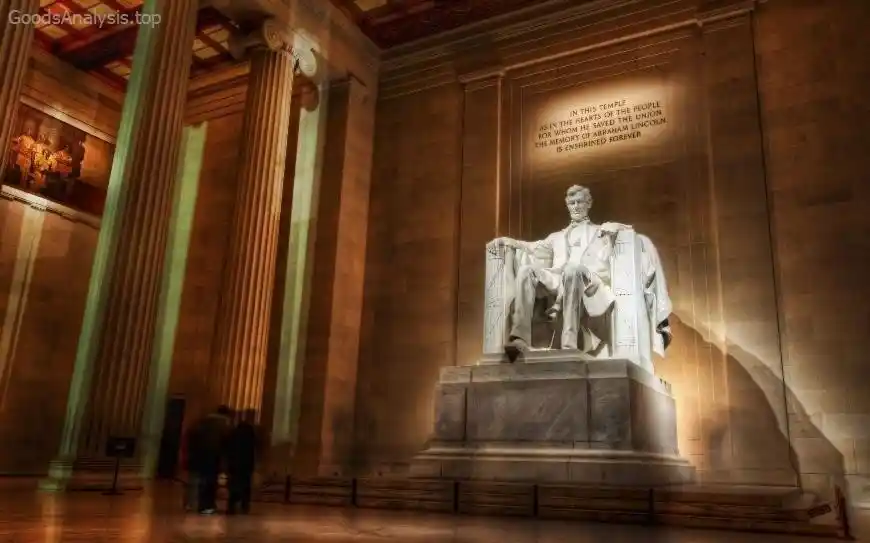
World War II was one of the most significant and transformative conflicts in history, involving more than 100 million people from over 30 countries. The war marked a turning point in global politics, economics, and technology. The memorial honors those who fought in a war that reshaped the world and solidified America’s role as a global superpower.
The National WWII Memorial stands as a symbol of national unity and gratitude, highlighting the diversity and resilience of the American people during the most challenging time in modern history.
4. What to Expect When You Visit
As you approach the National WWII Memorial, you’ll first notice its grandeur and openness. The atmosphere is peaceful yet solemn, making it a place where many visitors pause to reflect. You’ll see people quietly walking along the stone pathways, reading inscriptions, and taking in the significance of the space. The central fountain is often surrounded by visitors sitting on the surrounding benches, admiring the sight of water cascading in a peaceful manner.
Notable Experiences:
- Interactive History: While the National WWII Memorial is largely a place for reflection, its educational elements engage visitors with history. Interpretive panels throughout the memorial explain key moments of WWII, including battles, strategies, and the home front efforts.
- Visiting with Veterans: One of the most meaningful aspects of visiting the memorial is the chance to meet and interact with WWII veterans. The site is often visited by veterans of the war, and there is a strong sense of camaraderie and respect.
- Commemorative Ceremonies: Throughout the year, the memorial hosts special events, including Veterans Day ceremonies, memorial services, and special programs. If you’re lucky enough to visit during one of these occasions, it’s a powerful experience.
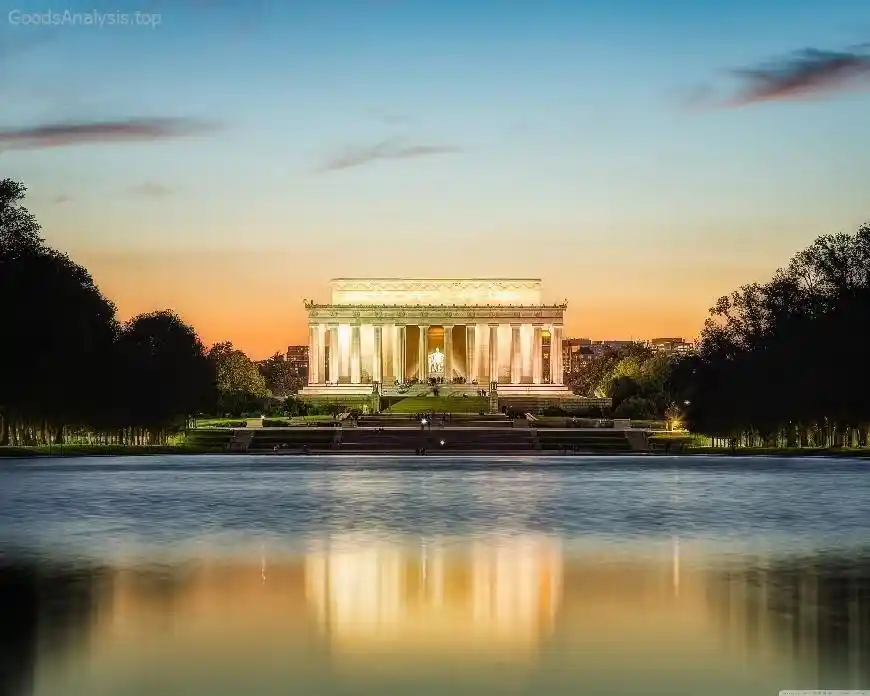
5. Nearby Attractions and Dining Options
The National WWII Memorial is situated in a prime location along the National Mall, which means visitors have easy access to a wealth of other attractions.
Nearby Attractions:
- The Lincoln Memorial: Just a short walk away, the Lincoln Memorial is one of D.C.’s most iconic landmarks, honoring President Abraham Lincoln. The view from the top steps, overlooking the Reflecting Pool with the Washington Monument in the distance, is a classic D.C. vista.
- The Washington Monument: Standing tall at 555 feet, the Washington Monument is another nearby must-see landmark. Visitors can ascend the monument for panoramic views of the National Mall and beyond.
- The Vietnam Veterans Memorial: A moving tribute to the men and women who served in the Vietnam War, this is located just to the north of the National WWII Memorial.
- The National Museum of American History: A short distance away, this Smithsonian museum offers an in-depth look at American culture and history, with exhibits on everything from the Civil War to pop culture.

Dining Options:
- The Hamilton: Located a short walk from the memorial, The Hamilton offers an extensive menu with American comfort food in a stylish, casual atmosphere. It’s a great place for lunch or dinner after a day of sightseeing.
- Old Ebbitt Grill: A Washington D.C. institution, Old Ebbitt Grill is renowned for its seafood and classic American fare. It’s just a few blocks away from the National Mall.
- Founding Farmers: For a taste of hearty American cuisine, Founding Farmers is a favorite among locals and visitors alike. It’s a bit further from the National WWII Memorial but worth the visit for its farm-to-table dishes.
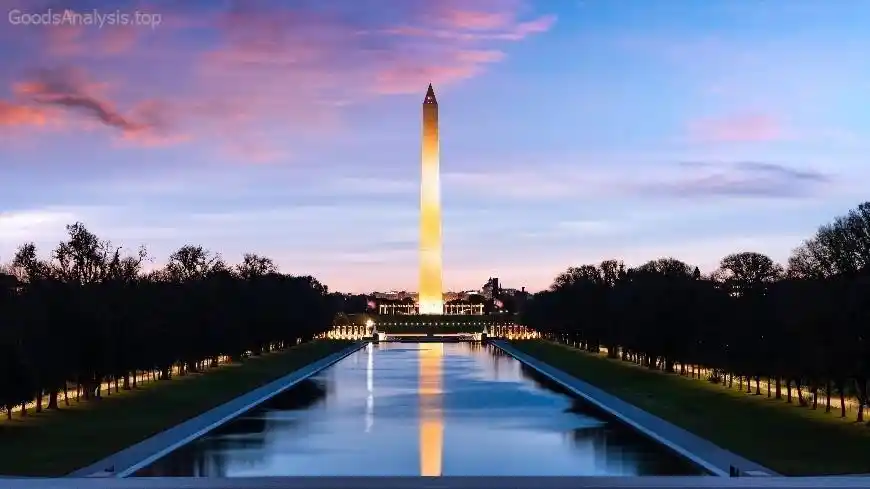
6. Family-Friendly and Group Travel Tips
The National WWII Memorial is a great place for families and groups to visit together. While the content is solemn, there are elements that children and teens will find engaging.
- Educational Value: The history panels, exhibits, and opportunities to learn about the war make it an educational stop for older children. Many school groups visit the site as part of their curriculum.
- Interactive Elements: The fountains and large open spaces offer plenty of opportunities for kids to run and play. There are also benches for adults to relax while keeping an eye on younger children.
- Group Tours: Guided tours are available for those visiting in groups. These tours can enhance your experience by providing additional historical context and stories behind the memorial’s design and significance.
7. Instagrammable Moments and Photo Opportunities
The National WWII Memorial offers numerous opportunities for stunning photos:
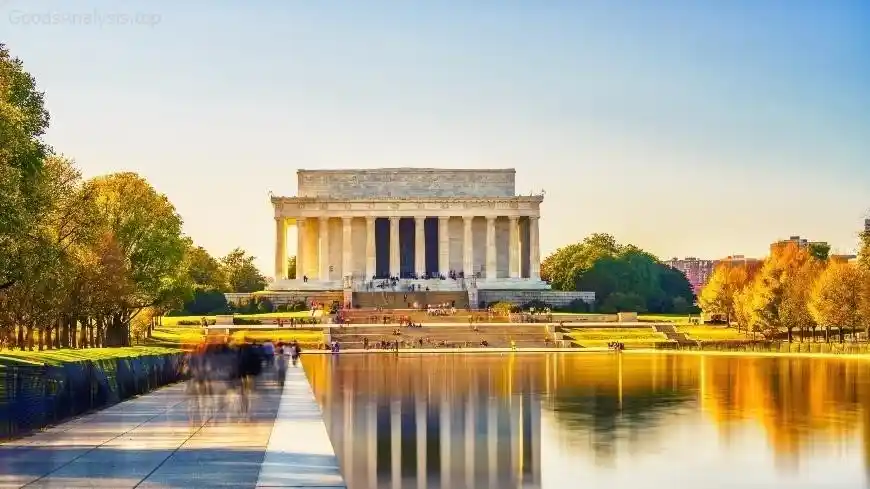
- The Central Fountain: Capture the cascading water with the sun setting behind the Washington Monument in the distance for a picturesque moment.
- The Freedom Wall: The wall of gold stars offers a poignant and visually striking backdrop for photographs.
- The Arched Pillars: The symmetrical arches and pillars offer a grand frame for group photos or individual shots.
- The Reflecting Pool: If you’re visiting during early morning or late afternoon, you can capture the memorial reflected in the calm waters of the pool.
8. Travel Tips and Transportation
- Getting There: The National WWII Memorial is centrally located on the National Mall, making it easily accessible by walking from many other major landmarks.
- Public Transit: The closest metro stations are Foggy Bottom-GWU (Blue/Orange/Silver lines) and Smithsonian (Blue/Orange/Silver lines). From either station, it’s a 10-15 minute walk to the memorial.
- Parking: Parking around the National Mall can be limited, especially during peak tourist season. Public transportation is often the best option, but there are parking garages in the vicinity if you prefer to drive.

